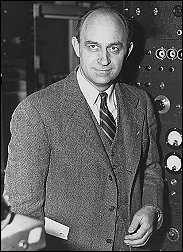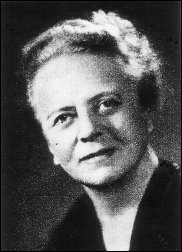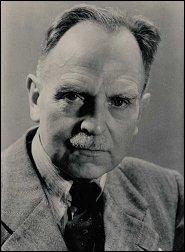| General Chemistry is a free introductory textbook on chemistry. See the editorial for more information.... |

|

Home  Nuclear Chemistry Nuclear Chemistry  The Mass Defect The Mass Defect |
|||||||||||||
| See also: Transmutation of the Elements | |||||||||||||






|
|||||||||||||
The Mass DefectAuthor: Andrew R. Barron
Given the concept of transmutation one may assume that the addition of a neutron to an element would allow for the synthesis of the element with a atomic number one higher than the starting element. However, it was soon found that sometimes neutrons do not add in to the nucleus. Italian physicist Enrico Fermi found one such case. In 1934 he thought that the addition of a neutron into uranium should result in the formation of neptunium. However, not only could neptunium not be isolated, but there was a complete mess of products. It was the German chemist Ida Tacke who suggested that what actually happened was that the interaction of the uranium atom and the neutron resulted in the splitting of the uranium atom. Her proposal was published in 1934 and in it she said, “it is conceivable that when heavy nuclei are bombarded with neutrons these nuclei could break down into several fairly large fragments, which are certainly isotopes of known elements, but not neighbors of the irradiated elements." At first nobody believed her proposal, but they could not explain why neptunium did not appear to be formed, and if it was not what was formed.
It was later shown that an additional reaction also occurred:
This discovery shook the scientific world, however, it was something else that was missing that ended up shaking the rest of the world. If we consider the law of conservation of mass, which states that the mass of a closed system will remain constant over time, regardless of the processes acting inside the system, and look calculate the mass of each side of Equation 3, we notice that we loose 0.184 amu per reaction. In other words the sum of the masses of the left hand side of Equation 3 is greater than the sum of the masses on the right and side. Where has the mass gone? The so-called mass defect is defined the difference in the observed atomic mass of an atom and the sum of the masses of the protons, neutrons, and electrons that make up the atom. This mass difference is accounted for by assuming that the mass defect is a measure of the total binding energy (and, hence, the stability) of the nucleus, i.e., the energy that holds the atom together. In other words the mass defect in Equation 3 is accounted for by the release of energy. Taking Einstein relationship between mass and energy, Equation 5 where m is mass, and c is the speed of light.
and applying it to the mass loss in Equation 3, we can calculate the energy liberated by the reaction of uranium-235 with a neutron.
An energy of 1.656 x 1016 Joule may not seem much, but consider that 1 g of uranium-235 undergoing the reaction in Equation 3 would provide enough energy to light a typical light bulb for approximately 28,000 years!
|
|||||||||||||
Home  Nuclear Chemistry Nuclear Chemistry  The Mass Defect The Mass Defect |
|||||||||||||
Last Update: 2011-02-16








